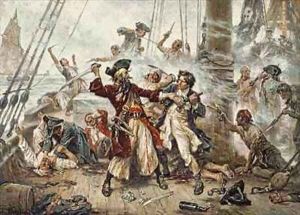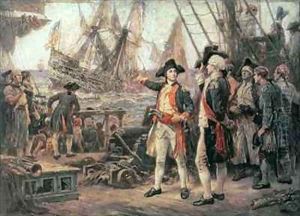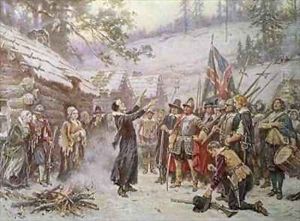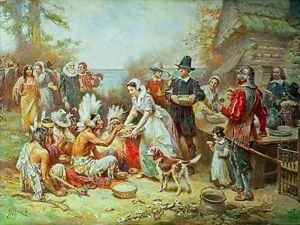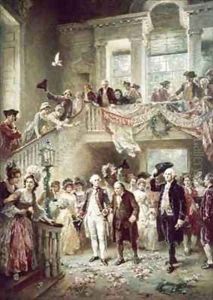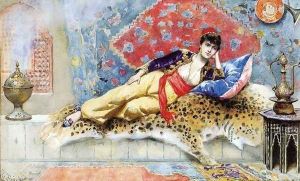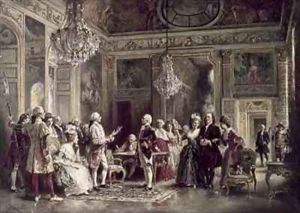Jean-Leon Gerome Ferris Paintings
Jean-Leon Gerome Ferris was an American painter born on August 18, 1863, in Philadelphia, Pennsylvania. He was best known for his series of 78 scenes from American history, titled 'The Pageant of a Nation,' the largest series of American historical paintings by a single artist. Ferris was a pupil of his father, Stephen James Ferris, a portrait painter who was a disciple of the famed French artist Jean-Léon Gérôme, after whom Ferris was named.
Ferris enrolled in the Pennsylvania Academy of the Fine Arts in 1879 and later studied at the Académie Julian in Paris under the tutelage of William-Adolphe Bouguereau and Tony Robert-Fleury. He was heavily influenced by the academic style of his namesake, Jean-Léon Gérôme, and the detailed historical painting of Bouguereau.
After returning to America, Ferris began work on his ambitious series of historical paintings in 1913. His work was characterized by meticulous research and a romanticized view of America's past. Ferris's scenes of American history were widely reproduced in books, posters, and calendars, making them some of the most popular images of American history.
Despite his popularity at the time, Ferris’s work later fell out of favor with critics, who often dismissed his work as overly sentimental and lacking in artistic merit. His approach to historical painting was seen as outdated by the mid-20th century, a time when the art world was moving towards Modernism.
Ferris died on March 18, 1930, in Philadelphia. Although his work does not occupy a prominent place in art historical discourse today, his commitment to depicting American history has left a lasting impression on the cultural memory of the United States. His paintings remain a testament to the power of historical narrative in art and continue to be enjoyed by audiences who appreciate their detailed and idyllic representations of important moments in American history.


